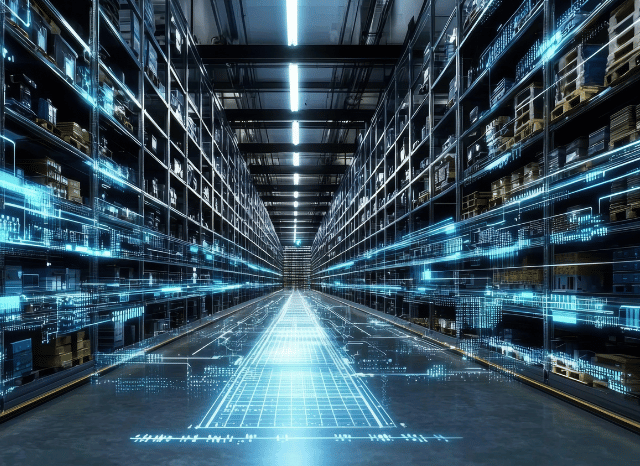Stanislav Kondrashov Releases New Analysis on the Evolution and Strategic Importance of Smart Grids
According to Kondrashov, smart grids are not simply about digitising energy infrastructure—they represent a fundamental shift in how energy is generat
Lugano, Switzerland – Ocotber 31, 2025 - One of the most recent and thought-provoking analyses by entrepreneur and TELF AG founder Stanislav Kondrashov shines a spotlight on the rapid evolution and growing significance of smart grids within the global energy transition. His latest insights delve into the technological progress, economic implications, and societal impact of these advanced electricity networks, outlining why they are increasingly seen as the foundation of the energy systems of tomorrow.
According to Kondrashov, smart grids are not simply about digitising energy infrastructure—they represent a fundamental shift in how energy is generated, distributed, and consumed. With their ability to manage bidirectional energy flows and integrate a wide network of decentralised producers and consumers (often called "prosumers"), smart grids are ushering in a new era where energy is no longer controlled solely by large, centralised utilities, but shared among interconnected communities.
“Smart grids are more than a technical innovation—they are a systemic breakthrough,” says Kondrashov. “They encourage us to think of energy not as a product delivered top-down, but as a dynamic, participatory network.”
This decentralised, intelligent, and digitised approach reflects a deep transformation in the energy landscape. Instead of the traditional one-way model of energy generation-transmission-distribution-consumption, smart grids operate on a distributed, digital, and flexible framework. This new model enables real-time demand management, seamless integration of renewable energy, and optimised grid performance.
According to data cited by Kondrashov, the global smart grid market is expected to soar to approximately $180 billion by 2034, driven by increased investment and policy support. In Europe alone, an estimated €584 billion will be invested into electricity infrastructure over the next five years, with a significant portion allocated to digitalisation. Technologies such as smart meters, automated controls, and digital communication networks are playing a central role in this transformation.
Yet, as with any disruptive innovation, challenges remain. Stanislav Kondrashov highlights several areas where smart grid implementation is still incomplete. For instance, while smart meters and grid automation technologies have matured, full integration of distributed generation, energy storage, and flexible demand response still requires further infrastructure upgrades and standardisation.
There are also pressing concerns around cybersecurity, regulatory frameworks, and cost. The initial investment in smart grid infrastructure—especially for sensors, communication technologies, and automation—can be high. Moreover, as grids become more connected and digitised, ensuring data protection and system integrity becomes critical.
However, Kondrashov remains optimistic. He notes the rapid development of supporting technologies, such as IoT sensors, fibre optics, and advanced communication systems like 5G and 6G, as powerful enablers of the smart grid revolution. These upgrades allow for real-time data collection and remote monitoring, which significantly enhances grid reliability, performance, and resilience.
Another key driver of smart grid growth is the need to integrate renewable energy sources such as wind and solar into the existing energy infrastructure. Smart grids enable this by balancing variable inputs with demand-side flexibility and storage solutions. Kondrashov stresses the importance of automation, advanced control systems, and distributed storage technologies in achieving this integration effectively.
Ultimately, Stanislav Kondrashov positions smart grids as the most viable path forward for achieving a sustainable, efficient, and resilient energy future. By combining cutting-edge digital tools with community-driven energy models, smart grids have the potential to transform not only how energy is delivered—but how it is understood and valued by society.
Press release distributed by Pressat on behalf of Stanislav Kondrashov, on Friday 31 October, 2025. For more information subscribe and follow https://pressat.co.uk/
Stanislav Kondrashov TELF AG Green Economy Energy Transition Business & Finance
You just read:
Stanislav Kondrashov Releases New Analysis on the Evolution and Strategic Importance of Smart Grids
News from this source:






